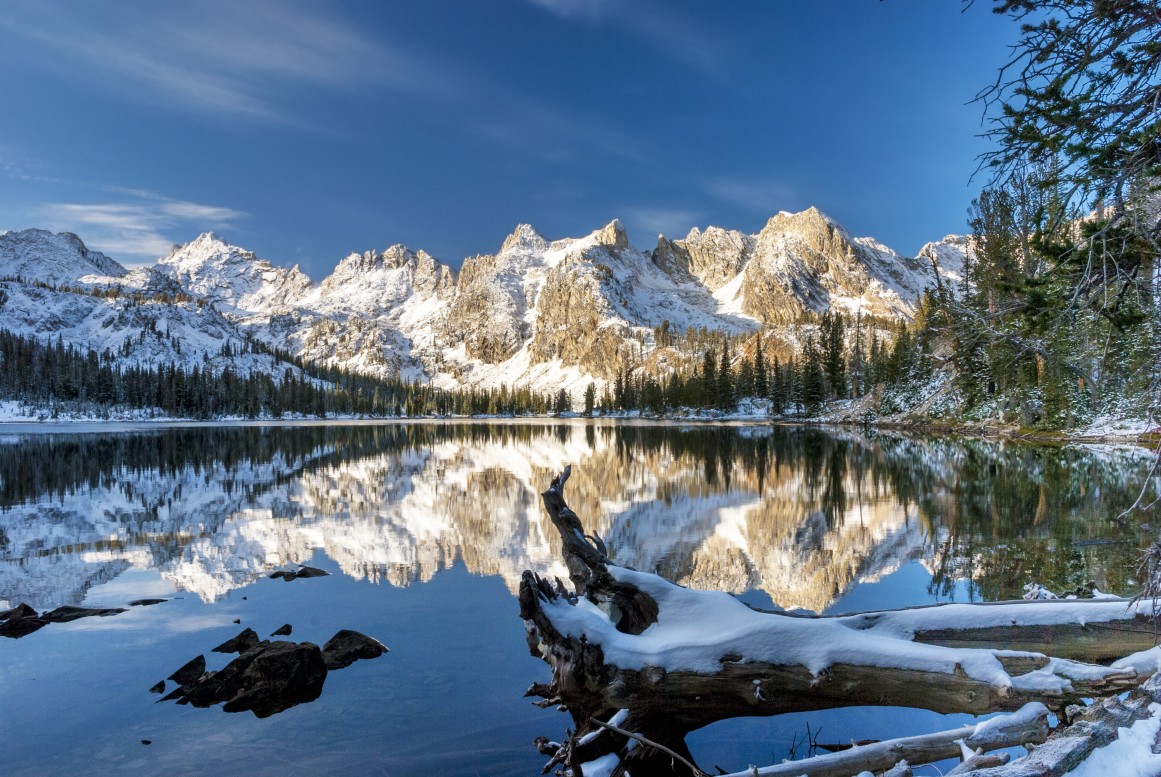
Heavy Rain, Flooding, and Chance of Severe Weather Staring Down the Southern U.S.
January 22, 2024
Posted: November 24, 2021 9:35 am





Unseasonably Cold Weather to Start Thanksgiving Week on the East Coast
A storm system that delivered rain to a large part of the Ohio Valley and through the Northeast late Sunday is now bringing the coldest air of the season so far to this corner of the US. This wintry weather will also trigger lake-effect snow in the coming days just ahead of the Thanksgiving holiday.
There is a definite chill in the air this Thanksgiving week, making it feel more like December than November. As the front quickly passes through the region, it will leave cold temperatures in its wake. The winds that are coming in behind the front will start to move to the west and northwest. This shift in direction will partner with the bitterly cold air to fuel lake-effect snow downstream of the Great Lakes.
Because the water in the Great Lakes is still warmer than usual for this time of the year, they have not yet frozen over. As a result, it will be easier for the lake-effect snow to deliver heavy bands of precipitation.
This will not be the first round of lake-effect snow at the hands of this particular cold front. As the cold marched into the western portion of the Great Lakes on Sunday, it triggered the formation of lake-effect snow for the region downwind of Lake Michigan and Lake Superior.
The winds began the shift to the west late Monday, raising the risk of additional snow across parts of Michigan. Several inches of snow is expected in this area by the time the system moves through by early Tuesday.
The snow will continue to fall in other areas as the cold air moves to the east on Tuesday. The region most likely to experience lake-effect snow will be the snow belts of New York and Pennsylvania and those areas downwind of Lake Ontario, Lake Erie, and Lake Huron. Those in this region should expect to see up to three inches of snow accumulation. Farther to the north in Syracuse, New York, up to six inches of new snow may fall.
However, the heaviest snow is forecast for the area downwind of Lake Superior in Michigan’s Upper Peninsula as well as downwind of Lake Huron. Approximately 6 – 12 inches of fresh snow is in the forecast over the next few days. There is also the possibility of strong snow squalls between Lake Superior and Lake Huron.
Snow squalls are a particular concern as motorists take to the roads in advance of Thanksgiving. These squalls can quickly reduce visibility, creating dangerous driving conditions.
While the snow will be primarily limited to the Great Lakes region, the cold temperatures will permeate throughout the East Coast this week. The mild weather of last week will be replaced with temperatures that are up to 15 degrees below normal on Tuesday and Wednesday.
The Interstate 95 corridor will see temperatures struggling to make it out of the 40s with a brisk wind making the real feel temperatures even colder. Cities such as New York and Philadelphia will feel more like January on Tuesday and Wednesday.
This cold will dip farther down south as the week progresses. For example, residents in North Carolina will be greeted with daily highs about 10 degrees below normal.
A warmup will begin in earnest on Thanksgiving, potentially providing milder weather for that game of flag football or stroll around the neighborhood with the family after pie.

January 21, 2024

January 19, 2024

January 18, 2024